|
|
匿名
发表于 2007-7-14 00:03:33
Over the lifetime of NAND, flash management has migrated from the host to the device itself...making it more interesting from recovery perspective.
---
The latest NAND based device that we have had in our lab today has a bespoke ARM microcontroller as a component of the ASIC/FPGA which includes the host interface circuitry. These will have different revisions of firmware depending on the laser etching, and/or the serial no tag on the actual FLASH device. Most manufacturers have a translation table between the part number and chipset and firmware.
So we're almost at the same stage as with hard disks - getting the right firmware modules.
Write Levelling / Wear Level / is more pronounced on more expensive NAND devices (less so on MP3 players/cameras. CRC checking ensures the virtual block mapping will spread writes across cells/blocks.
In some NAND Flash IDE drives there is a WEAR LEVEL Command Register (F5h) which uses Head Select and Features Register (ATA).
---
On Flash Memory Controllers (do a google search USB Flash Memory Controller)....the wear level management will probably be stored in ROM along with the NAND programming algorithm.
However the vectors that hold the wear levelling (which will be different from device to device, even of the same product) must be stored in non-volatile memory - i.e. flash itself.
In our research we have found the following algorithms in use:
BASIC Free blocks that have had fewest write cycles using
(1) Chain Method - all free physical blocks held in a pool. Chain of physical blocks are assigned to every virtual block; and every time a virtual block needs to be allocated, a physical block is selected from the chain. Mostly round-robin (as per RAID read)...
(2) Array Method - measures program/erase cycles by block, and this information or vector is loaded into RAM
ADVANCED Long lived data is held in older blocks. Basically the algorithm ensues that the average wear on each block is the same.
--
In addition to wear levelling, you also need to manage the bad-blocks that appear in the device and grow over time...
--
You may want to look at Intel's Virtual Small Block technology for additional ideas...
---
And another point... a number of US and other patents have been granted in this paticular area. Lookup assignees=Storage Technology Corporation, for example 10672786...
physical block<->virtual block addressing is often held in the physical block. |
|



 提升卡
提升卡 置顶卡
置顶卡 喧嚣卡
喧嚣卡 变色卡
变色卡 显身卡
显身卡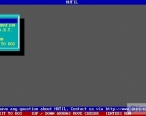 三星Hutil 2.10 最新破解版(能清smart,查
三星Hutil 2.10 最新破解版(能清smart,查 SM2256K固态硬盘重新开卡成功案例(附带开
SM2256K固态硬盘重新开卡成功案例(附带开 SHTR 三星 S.M.A.R.T 專業工具授權 ENG-RUS
SHTR 三星 S.M.A.R.T 專業工具授權 ENG-RUS 真正希捷F3批量维修程序 同时操作6个盘 可
真正希捷F3批量维修程序 同时操作6个盘 可 58GrenadaBP2家族三角板盘1ERxx系列硬砍0头
58GrenadaBP2家族三角板盘1ERxx系列硬砍0头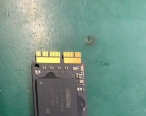 三星M2固态硬盘不识别数据恢复
三星M2固态硬盘不识别数据恢复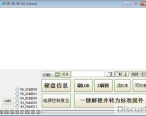 希捷永久解锁软件
希捷永久解锁软件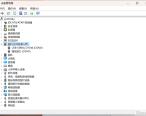 西数端口已见,wdr usb扫不出
西数端口已见,wdr usb扫不出 ST语心定制希捷专修-小改版,改掉几处错误
ST语心定制希捷专修-小改版,改掉几处错误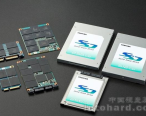 SSD固态硬盘的构造原理你造吗?SSD固态硬盘
SSD固态硬盘的构造原理你造吗?SSD固态硬盘